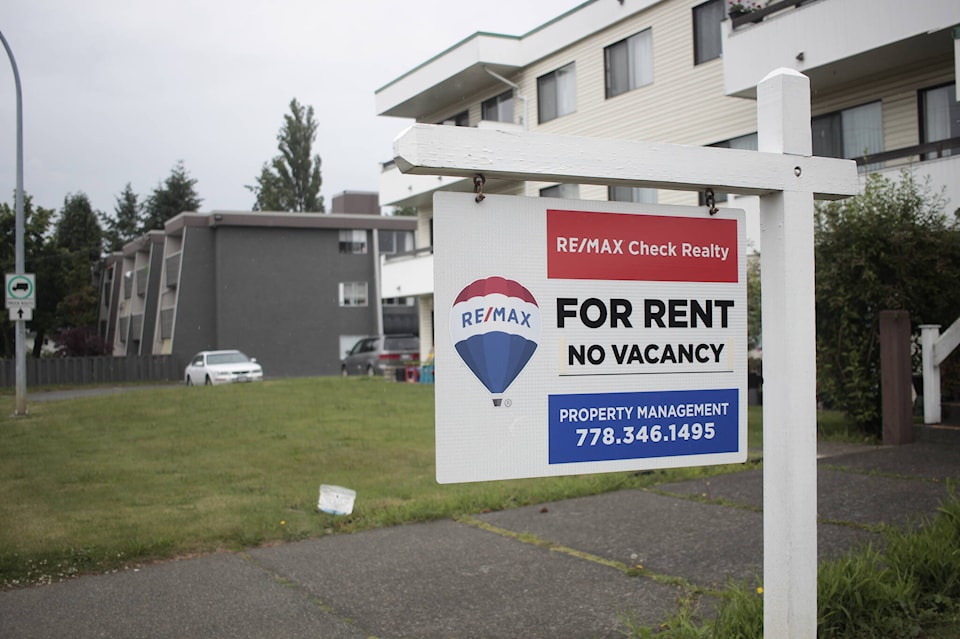Finding affordable housing in the Strathcona Regional District is likely to continue being difficult without “dramatic interventions” from governments at all levels, according to a new report coming out of a housing needs survey done earlier this year.
“Incomes are just not keeping up with the cost of housing,” said Sandy Mackay, a consultant with M’akola development, the firm hired to compile the survey results during the June 29 Strathcona Regional District (SRD) board meeting. “It’s going to continue being that way unless there are some dramatic interventions at local, federal and provincial levels.”
Mackay was presenting the key findings of the survey, which reached 437 households in the rural regional district area and used several data sets to build a picture of what kind of housing is needed in the area. The 639 page report is available on the SRD website. Mackay’s presentation was a summary of these findings, highlighting key points and trends for the region as a whole.
One thing that stood out was the aging population of the regional district.
“There is a big change in the proportion of seniors in those communities,” Mackay said.
Those seniors had concerns about being able to age in place, as well as ensuring their own children would be able to afford a home.
“Many people worried their children would not be able to find a permanent home in their rural area,” he said.
The presentation also compared median prices of homes to median incomes in the area. Electoral Area A was the most affordable area to live in the regional district. Areas B and C, which both feature large proportions of the population living on islands, have seen a large gap between income and housing costs throughout the last decade. However in Area D, where the two metrics had been rising in tandem for most of the last decade, a big gap has opened up.
Mackay said that in electoral areas, the main cause for the increased housing cost were older homes that are less suitable for adaptation to the needs of seniors wanting to age in place, as well as providing services to properties in rural areas and doing upgrades to properties.
“There are not a lot of great solutions… certainly nothing you can take on as a local government,” Mackay said.
However taking a collaborative approach and advocating for things like non-market housing can make a difference. Other suggestions were education to reduce stigma for non-market housing, building relationships between agencies and creating a regional housing services bylaw to fund projects like this.
Area C director Jim Abram thanked Mackay for the presentation, but said that he has heard from people who would consider renting space on their properties, but that “not all renters are ideal citizens.”
“They have a lot of rights, more than the people that own the house. They can’t raise rents, they can’t evict people for certain reasons,” Abram said. “Rental housing is being discouraged… people see areas where it didn’t work and are withdrawing support.”
Campbell River director Claire Moglove, who also sits on the executive board of the Union of B.C. Municipalities (UBCM), said that “this is top of mind at UBCM and the province.”
Though she questioned how to take this kind of report and translate it into real results.
“The question is how to get developers to build what we need,” she said.
RELATED: Work begins on new housing project for women and children escaping violence in Campbell River
